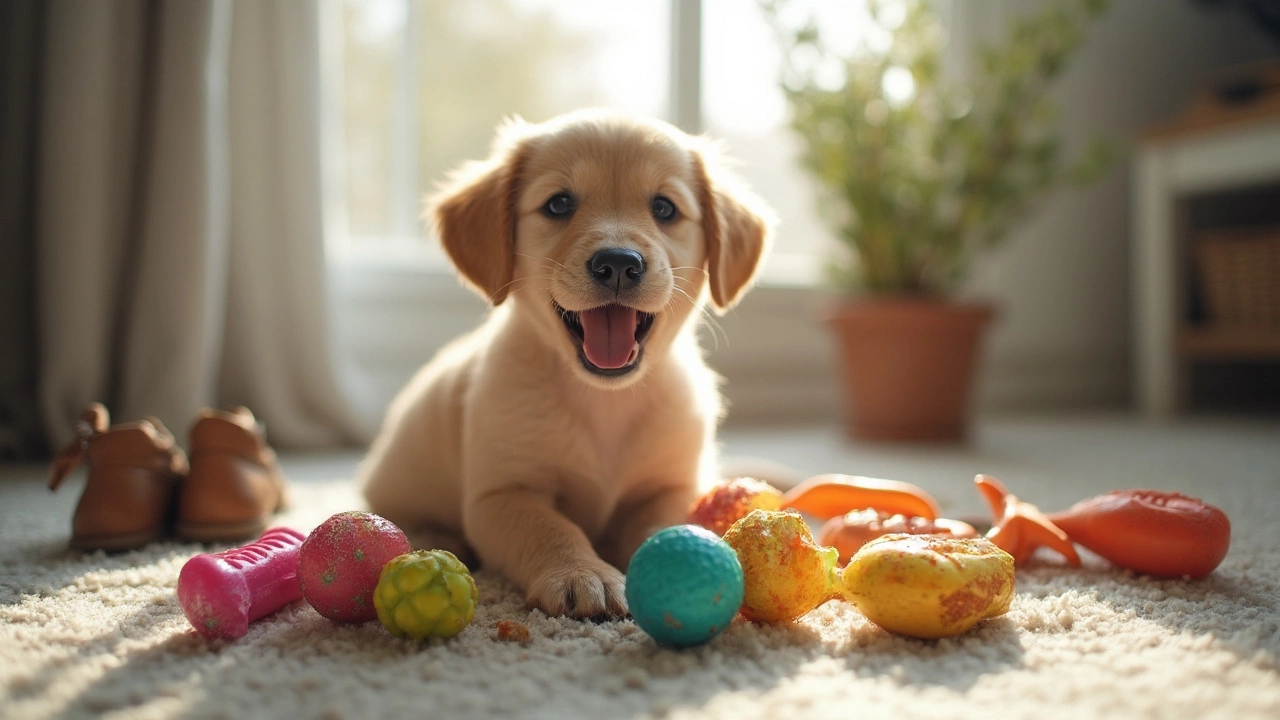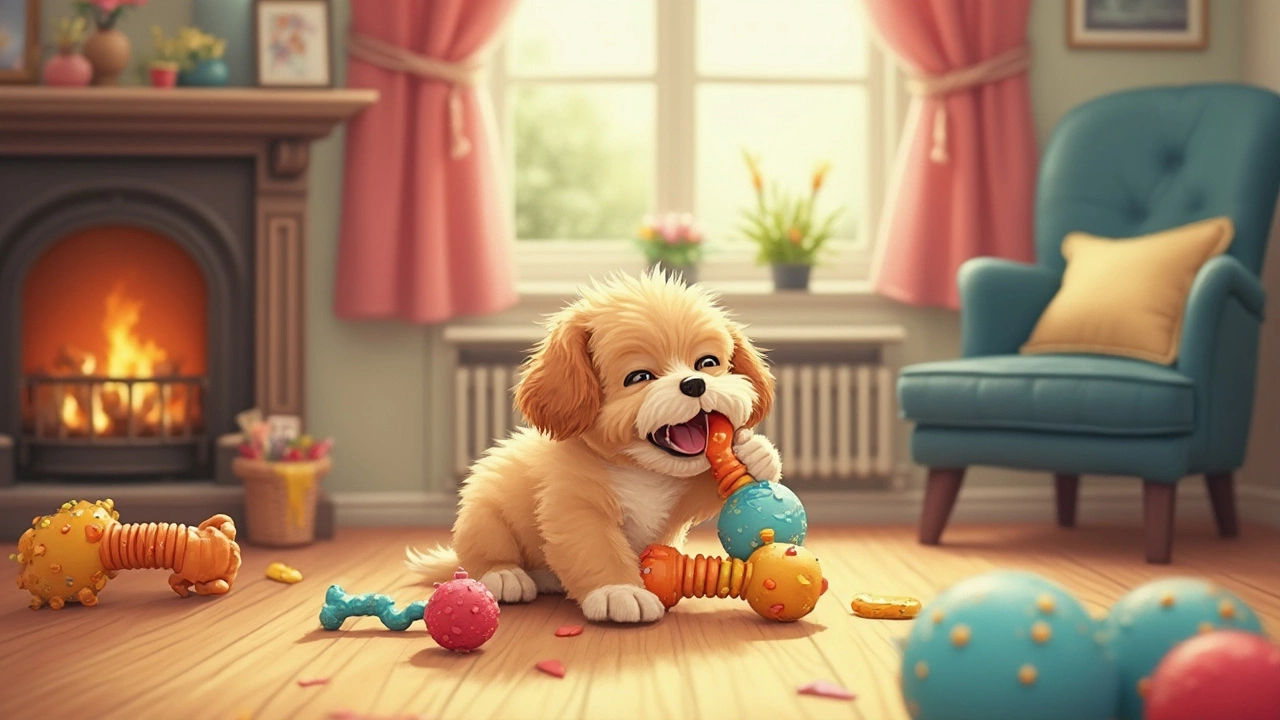Puppy Chew Toys – What Every New Puppy Owner Needs to Know
Got a little furball who’s chewing on everything from shoes to sofa cushions? You’re not alone. Puppies love to chew because their teeth are coming in and they need something to bite. A good chew toy can save your belongings, keep those tiny teeth healthy, and give your pup a way to burn off excess energy.
How to Pick the Right Chew Toy for Your Puppy
First off, size matters. A toy that’s too small can become a choking hazard, while a toy that’s too big might be intimidating. Look for toys that are just a little smaller than your puppy’s mouth. Next, think about material. Hard rubber toys like KONGs are great for aggressive chewers and help clean teeth. Soft plush toys are fine for gentle nibblers, but they should be supervised because the stitching can come apart.
Durability is another factor. A toy that falls apart after one bite isn’t worth the money. Check the product description for terms like “tear‑resistant” or “vet‑approved”. If you see a lot of tiny squeakers or loose parts, steer clear – those can be swallowed.
Finally, consider the toy’s purpose. Some chew toys are flavored to keep puppies interested, others have textures that massage gums. If your puppy is in the teething stage (usually 3‑6 months), a cold, damp rubber toy can soothe sore gums.
Keeping Chew Toys Safe and Fresh
Even the toughest toy can become a danger if it gets dirty. Wash fabric toys in the washing machine on a gentle cycle and let them air dry. Rubber toys can be rinsed with warm, soapy water and a quick scrub with a toothbrush. After each play session, inspect the toy for cracks, frayed edges, or missing pieces.
If you notice any strange smells or mold, toss the toy. It’s better to replace it than risk an infection. Store toys in a dry spot to prevent mildew – a small basket in the living room works well.
When you’re buying, check out Nelson’s Equestrian and Pet Supplies. They stock a range of UK‑approved chew toys that meet safety standards and come in different sizes and textures. Their staff can help you match a toy to your puppy’s breed, age, and chewing style.
Quick recap: pick the right size, choose durable material, keep the toy clean, and replace it when it shows wear. With the right chew toys, your puppy will have a happy mouth, a calmer demeanor, and you’ll keep your house intact.
Ready to shop? Browse the "Puppy Chew Toys" section on Nelson’s site and give your pup something safe to bite into today.
Puppy Chew Toys: What Should I Give My Puppy to Chew On?
Picking the right chew toys can save your sanity and your furniture when you have a teething puppy at home. This article breaks down which chewing items are safe, which ones to avoid, and hands-on tips to keep your pup happily occupied. Explore how chew toys support healthy teeth and behavior, and get smart ideas for both store-bought and DIY options. You'll also learn signs that a toy isn't safe, so your puppy stays happy and healthy. All practical info and real-life advice, straight from someone who's been there.
Puppy Chew Toys: What Do Vets Recommend?
Choosing the right chew toys for puppies is crucial for their development and safety. Vets often recommend toys that help with teething, promote dental health, and provide mental stimulation. It's important to avoid toys made of unsafe materials or those that pose choking hazards. Learn which types of toys vets approve of and why they are essential for a puppy's growth.

